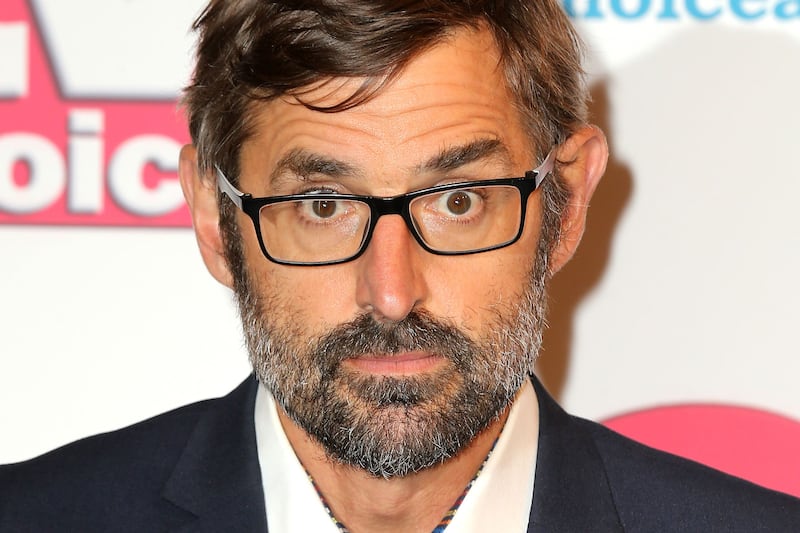EVERY year, many of us have a flu jab - and every year it's a different version, as flu viruses mutate so quickly that vaccines have to be reformulated.
But what if there were a one-off flu jab, possibly for life, that not only protected against currently circulating strains but also all future versions?
The so-called 'universal' jab has been the holy grail of flu vaccine research for decades - but has proved elusive.
That's because the flu virus is constantly swapping genes between strains. In this way, it creates variants that dodge any immunity people have from previous flu infections or vaccines.
This process of mutation, called antigenic drift, can happen even within the six to nine months it takes from the World Health Organisation identifying the particular strains that are a threat (usually around February) to the vaccine being ready in the autumn, so making it much less effective.
But now scientists think they are closer than ever to finding the answer.
And it involves targeting vaccines at a completely different part of the virus than current jabs aim for.
All flu jabs are made to attack hemagglutinins - proteins dotted all over the surface of flu viruses.
These proteins help the flu virus bind to healthy cells, before breaking into them and taking over their internal machinery so the virus can replicate and spread.
Vaccines are currently made with a weakened version of hemagglutinin so that the immune system recognises it as foreign and produces the antibodies needed to fight flu.
If they later encounter the real virus, the antibodies lock on to the bulbous 'head' of the hemagglutinin protein, blocking the virus's attempts to bind to healthy cells.
This part of the protein sticks out from the virus's surface and is an easy target for antibodies to strike. But it's also the part that mutates most.
Hemagglutinin is very important in terms of the flu virus binding to cells and getting inside them, explains Professor Peter Openshaw, an immunologist at Imperial College London.
"But nearly all of the big genetic variations that occur in the flu virus happen up on the globular-shaped head of this protein," he adds.
Once those mutations occur, the antibodies triggered by the vaccine are largely powerless to fight infection.
One way round this is to make vaccines that target not the head of the protein but the 'stalk' region, where the hemagglutinin protein joins the main body of the virus.
Mutations occur much less frequently here than in the head, as the genetic material found there is vital for the virus's survival, and constantly changing it could jeopardise this. The genetic make-up of the stalk region of hemagglutinin is also almost identical in all flu strains - making it an ideal target for a universal jab.
"The stalk region is part of the basic structure of the protein and is needed to help the flu virus bind with cells so it can gain entry to them," says Professor Openshaw.
"It cannot mutate as easily as the head part of the protein [can] as this would be lethal for the virus.
"What scientists are now trying to do is use the stalk region as the basis of a vaccine.
"Such a vaccine will hopefully activate the immune system to produce antibodies that will attack this area, rather than the head.
"In theory, these antibodies would then recognise a wide variety of different flu viruses and cope not just with whatever current strain is in circulation but potentially all those that emerge in future - even ones capable of causing a pandemic."

But it's not that simple, and previous attempts to make a stalk-based flu jab have faltered. This is because, even when the head area of the protein has mutated, some of its genetic material stays the same.
The immune system, after years of exposure to flu infections or vaccines, remembers this material and pumps out antibodies in response.
Despite these potentially not being the right antibodies to fight off infection (because the virus has mutated), this drowns out the production of antibodies needed to target the stalk region.
But a few weeks ago, researchers at Mount Sinai Hospital in New York revealed they had got round this by genetically tinkering with the protein.
They replaced the head of the protein with new genetic viral material that the immune system would be less likely to recognise and attack.
This allowed the immune system to instead produce much higher levels of antibodies to target the stalk region.
They tested the experimental jab on 51 volunteers and found a single dose triggered "remarkably high" levels of anti-stalk antibodies, they wrote in the journal Nature Medicine.
Now the scientists hope to set up larger trials, although this is likely to take several years.
But another one-off jab, using a different approach, is already undergoing trials in the United States.
FluMos-v1 is similar to some existing jabs in that it produces antibodies to the hemagglutinin protein from the four different types of flu virus (two influenza type A strains and two influenza type B strains) that usually circulate. (Flu jabs usually protect against strains of A and B.)
But whereas existing vaccines carry just one copy of the protein from each of the four strains, FluMos-v1, which is being tested at the US National Institutes for Health in Bethesda, Maryland, has 20.
The hope is that it fires up a much more potent immune response, enough to see off all future invading flu viruses. First results are expected in 2023.
"I'm more optimistic than I used to be about the chances of developing a universal flu vaccine," says Professor Openshaw.
"Progress is definitely being made," he says, though adding a note of caution: "But it could still be another 10 years before we get there."
© Daily Mail






